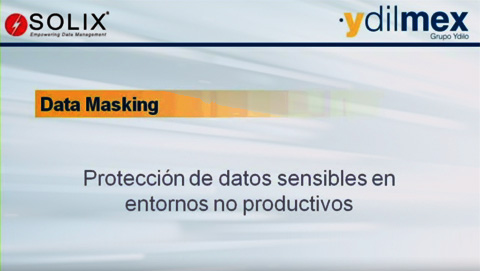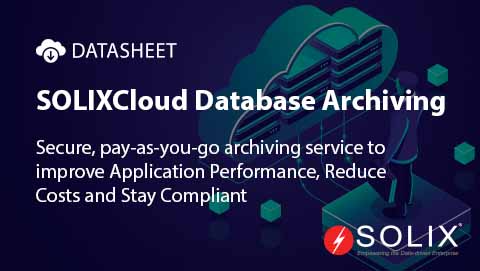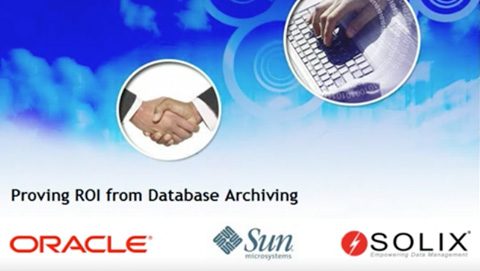Transactional Streaming Data Lake
What is a Transactional Streaming Data Lake?
A transactional streaming data lake is a data management system that combines the characteristics of a data lake with transactional guarantees typically found in relational databases with real-time data streaming capabilities while ensuring data consistency, reliability and accuracy.
Benefits of Transactional Streaming Data Lakes
In contrast to traditional data lakes and warehouses, transactional data lakes unlock several benefits to your organization’s data strategy. Here are a few mentioned below.
- Real-time Analytics
Enables analysis of data as it arrives, facilitating faster decision-making. This is particularly valuable in scenarios where timely insights are crucial.
For example, a ride-hailing company can analyze real-time traffic data to optimize driver dispatch and provide the best possible experience for riders. Similarly, a financial institution can leverage real-time transaction data to detect fraudulent activities and prevent financial losses.
- Data Consistency
Ensures data integrity even during concurrent updates. This is essential for maintaining trust in the data and enabling reliable downstream analytics.
Transactions guarantee that data updates are atomic (all or nothing) and isolated from each other, preventing inconsistencies that could lead to errors in reporting and decision-making.
- Scalability
Designed to handle massive data volumes with ease. Transactional streaming data lakes are built on distributed architectures that can scale horizontally to accommodate growing data streams.
This enables organizations to ingest and process ever-increasing amounts of data from various sources without compromising performance.
- Flexibility
Supports various data formats and evolving schemas. Traditional data warehouses often require rigid schemas upfront, which can limit their ability to handle new data types or changing business needs.
Transactional streaming data lakes, on the other hand, are schema-flexible and can accommodate diverse data formats, including structured, semi-structured, and unstructured data. Additionally, they allow for schema evolution over time, making them adaptable to changing data landscapes.
- Unified Platform
Combines data storage and processing capabilities. Transactional streaming data lakes offer a unified platform for both storing and processing data streams.
This eliminates the need for separate data warehouses and stream processing engines, simplifying data management and reducing operational complexity. Furthermore, this unified approach enables tighter integration between data storage and processing, facilitating real-time analytics and near-instant insights.
Key Use Cases
Transactional streaming data lakes can unlock the following benefits to the data lake:
- Fraud detection and prevention in financial transactions
Transactional streaming data lakes can analyze real-time payment transactions to identify fraudulent activities.
By correlating data from various sources like customer location, purchase history, and device information, anomaly detection algorithms can flag suspicious transactions for investigation, potentially saving businesses millions of dollars.
- Real-time inventory management in supply chains
Tracking inventory levels in real-time allows businesses to optimize their supply chains and logistics. Transactional streaming data lakes can ingest data from sensors on manufacturing equipment, warehouse management systems, and point-of-sale terminals to provide a holistic view of inventory levels across the entire supply chain.
This enables businesses to react to fluctuations in demand, prevent stockouts, and reduce storage costs.
- Personalized recommendations in e-commerce platforms
Transactional streaming data lakes can analyze customer behavior data in real-time to provide personalized product recommendations.
By considering factors like past purchase history, browsing activity, and abandoned carts, recommendation engines can suggest relevant products to each customer, increasing conversion rates and customer satisfaction.
- Log data analysis for application monitoring and debugging
The vast amount of log data generated by modern applications can be challenging to analyze effectively.
Transactional streaming data lakes can process log data streams in real-time, enabling IT teams to identify errors, performance bottlenecks, and security threats as they occur. This proactive approach to application monitoring minimizes downtime and ensures a smooth user experience.
- IoT sensor data processing for industrial automation
The Internet of Things (IoT) is transforming various industries, with sensors generating a continuous stream of data.
Transactional streaming data lakes can process this data in real-time to monitor production lines, optimize machine performance, and predict potential equipment failures. This enables businesses to implement preventive maintenance strategies, improve operational efficiency, and reduce downtime.
Transactional streaming data lakes represent a significant advancement in data management, enabling organizations to leverage the power of real-time data analytics while maintaining data integrity.
FAQs
What are the differences between a traditional data lake and a transactional streaming data lake?
Traditional data lakes prioritize scalability and flexibility for storing large amounts of data, but may not guarantee data consistency during updates. Transactional streaming data lakes offer the same scalability and flexibility while ensuring data integrity through ACID properties.
What are some key business use cases for transactional streaming data lakes?
Transactional streaming data lakes unlock resilient, reliable, and consistent transactions in a data platform capable of ingesting data in real-time. The following use cases are a few examples to illustrate what a transactional streaming data lake can enable in your enterprise:
- Banks and other financial institutions can now prevent fraud while ensuring data integrity during multiple concurrent transactions and system failures.
- CFOs can now simulate closings based on real-time cash flow data, this can lead to better financial decision making backed by real-time insights.
- Logistics companies can reroute drivers continuously based on immediate buying patterns based on real-time data.
Is a transactional streaming data lake more complex to set up and manage?
Implementing a transactional streaming data lake might require additional configuration and expertise compared to a traditional data lake. However, frameworks like Apache Hudi and Delta Lake simplify the process.
SOLIXCloud Enterprise Data Lake is a third generation transactional streaming data lake in the cloud that eases your data management complexities. To learn more about SOLIXCloud Enterprise Data Lake, visit our product page





